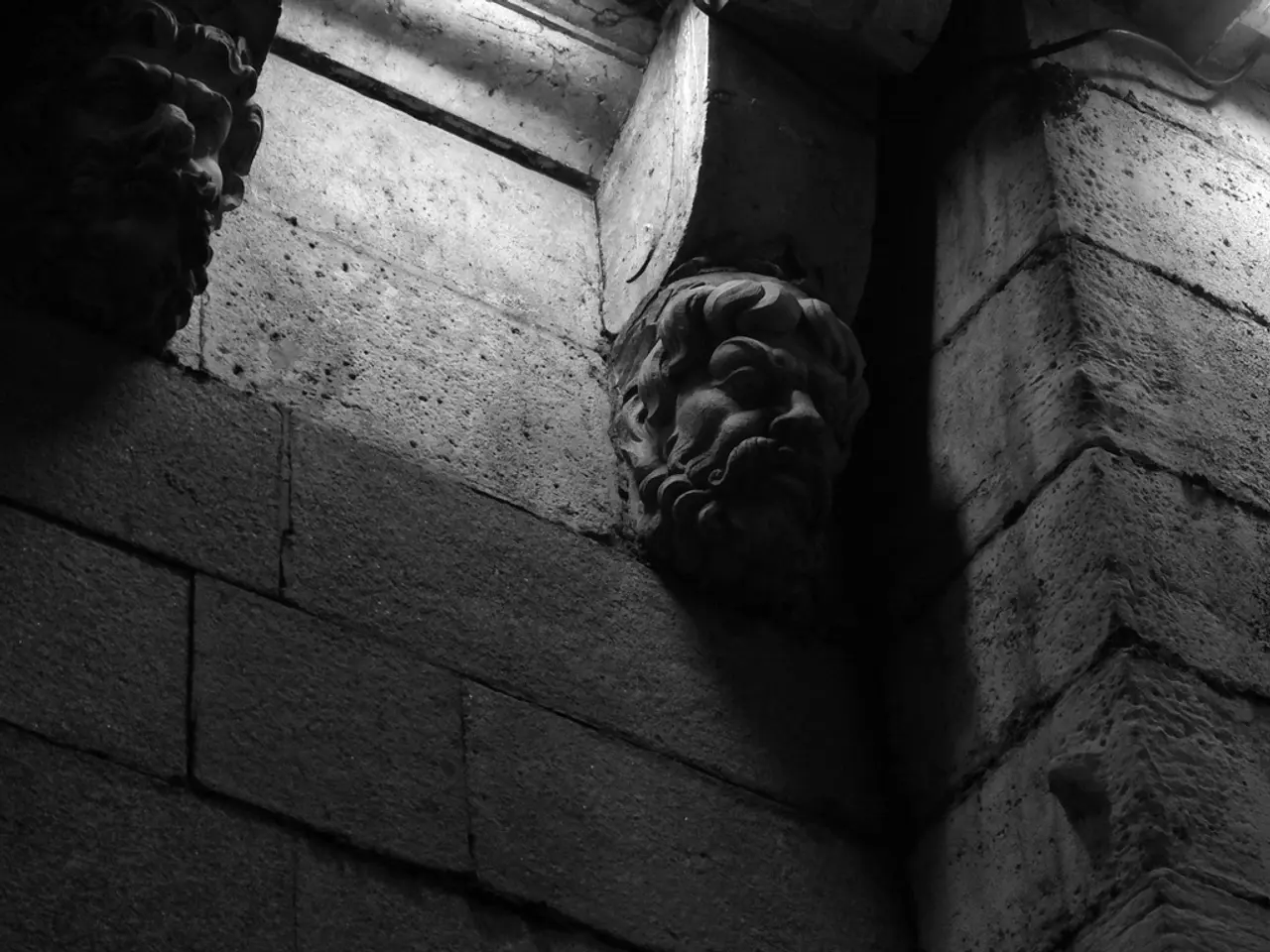Could the answer to eco-friendly urban development be hidden within the composition of Roman concrete?
In a groundbreaking study published in the journal iScience, researchers suggest that the future of greener construction might not rely on a single ancient formula, but a hybrid approach that combines the principles of longevity from ancient Roman construction with modern technological advances.
The production of modern cement is responsible for approximately 8% of global carbon dioxide emissions, making it a significant contributor to climate change. Concrete, the most-used manufactured material in the world, is a voracious consumer of energy and a prodigious source of pollution.
Roman concrete, also known as opus caementicium, offers a potential solution. Unlike modern reinforced concrete, Roman concrete did not use steel bars to increase strength. Instead, it was made by heating limestone to a lower temperature and mixing it with water and pozzolan (a fine volcanic ash). This mixture created a chemically reactive binder that improved durability, allowing ancient Roman structures to last for centuries.
While Roman concrete's production could emit levels of CO2 similar to or sometimes higher than modern concrete per volume when made with current technology, its remarkable longevity means that it often requires far less repair or replacement over time. Engineers estimate that Roman concrete would need to last at least 29-41% longer than modern concrete to offset its initial higher emissions and achieve lower cumulative carbon footprints, which is plausible given Roman structures have survived millennia.
The production process of Roman concrete leads to a sharp drop in air pollutants like nitrogen and sulfur oxides. These emissions could be cut 11% to as much as 98%, depending on the energy source used. However, adopting Roman concrete formulations with current technology may not yield substantial reductions in emissions or energy demand.
Ancient Roman harbors built with Roman concrete have weathered centuries of relentless waves, and some Roman aqueducts are still in use across modern landscapes. The Pantheon in Rome, an unreinforced concrete dome that has stood for nearly two millennia, is a testament to the durability of Roman concrete.
The study doesn't advocate for a return to ancient methods blindly. Instead, it suggests that Roman concrete can teach methods for maximizing the longevity of structures. The fundamental lesson isn't about resurrecting a lost recipe or falling for the myth of the ancient builders. It's about embracing a philosophy of permanence.
Researchers found that it was more efficient to make Roman concrete with modern technology, but Roman concrete generated comparable, and often higher, CO2 emissions per cubic meter than its modern equivalent. Therefore, while Roman concrete is not strictly "greener" in initial manufacturing emissions using modern processes, its exceptional durability and reduced maintenance needs can make it substantially more sustainable over a building’s lifecycle, reducing total environmental impact. Efforts to combine Roman concrete methods with modern technology could lead to more sustainable concrete solutions.
However, it's important to note that using biomass and other alternative fuels to fire kilns may prove more effective in decarbonizing modern cement production than implementing Roman concrete formulations. The study serves as a call to action for the construction industry to explore various sustainable solutions and to consider the long-term impacts of their choices.
- The groundbreaking study published in iScience proposes a hybrid approach for greener construction, blending ancient Roman principles with modern technology.
- The journal's study highlights the significant contribution of cement production to climate change, accounting for approximately 8% of global carbon dioxide emissions.
- Roman concrete, or opus caementicium, presents a potential solution due to its remarkable longevity, offering reduced repair and replacement needs over time.
- Although Roman concrete could produce similar or higher CO2 emissions per volume compared to modern concrete when made with current technology, its long-lasting nature could result in lower cumulative carbon footprints.
- The production process of Roman concrete can lead to a reduction in air pollutants like nitrogen and sulfur oxides, with potential cuts of 11% to as much as 98%, depending on the energy source used.
- The study calls for embracing a philosophy of permanence, suggesting that the construction industry should explore various sustainable solutions, including the combination of Roman concrete methods with modern technology, and consider the long-term impacts of their choices in data and cloud computing for a more sustainable environment.




